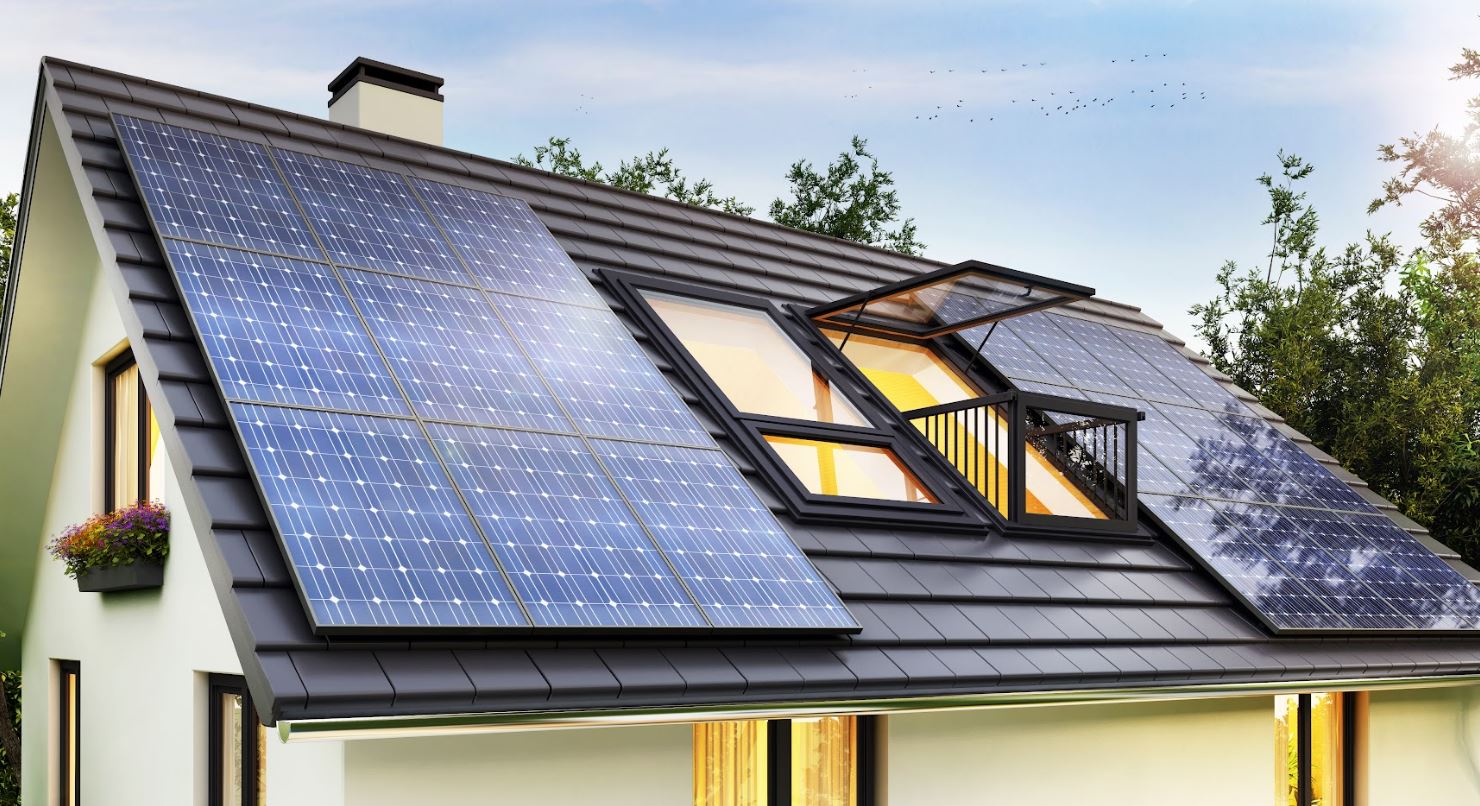Solar panels have been changing architecture since their appearance in mass use. Unfortunately, not for the better. Many houses with massive solar panels on the roof looked ridiculous. This began to significantly influence the spread of the transition to solar energy concept. The owners of old buildings generally abandoned the stations, even despite significant savings. Modern technology has changed the situation. Solar panel building can be not just ordinary but even original and very attractive if you use the new possibilities of architecture and development that change the solar panels.
Solar energy and architecture of old buildings
Even the Ancient Greeks tried to design their homes to make the most of the sun's energy for heating and lighting. So why do modern people living in mansions remain dependent on energy systems when technologies are already transforming their homes into energy-independent ones?
Solar roof
This is a Tesla development. It is a fully roof-integrated system that does not highlight the station. Looking at such a building, you may not guess that this is a solar building and it is completely independent of external networks. The roof looks like glass. It reflects the light, very harmonious.
Another solution for masking solar panels on existing buildings is solar roof tiles. If such a coating replaces only part of the old material, the insert will be very conspicuous. However, using such panels completely, on one slope or a separate part of the roof will look aesthetically pleasing.
Roof rebuilding
Another solution for placing solar panels on buildings is to change the shape of the roof. John Gardzelevsky, the architect and scientist, offers such plans for redevelopment, placement of stations on rooftops, and new homes for free in his BERG Frontier Zero project for Wyoming residents. In some cases, the architecture of the roof has to be changed significantly; in others, it is easy to add a visor or increase it or raise the slope so that the batteries are invisible.
Transparent solar panels
This technology can change the architecture of big cities and small towns beyond recognition very soon. As soon as transparent solar panels become available for general use, they will appear everywhere - on every balcony, in every window, and in every greenhouse. So far, this concept is just beginning to be implemented, but it is definitely the future.
Solar energy and the architecture of the future
Even today, you can see the implemented projects that amaze the imagination. Solar panels building can harmoniously fit into the urban landscape, decorating it. Consider several concepts for creating such structures.
Form follows function
Constructing thousands of buildings for various purposes during the heyday of the industry led to the appearance of this principle in architecture. The concept says that the form of a building should be determined by its function and purpose. It is ideal for creating solar houses.
In this case, the solar panel for building construction acts as a material. However, it can only be in use in certain areas. That is, the orientation of such a building in space should be determined in such a way as to maximally turn the surfaces to the south side. The shape of the roof and its size follow the function. There are more opportunities for architects today because facade panels are becoming more popular.
Fully integrated during the design and construction phase, the solar power system makes inverters, storage, and wiring part of the home.
A striking example of the successful use of this architectural principle was the headquarters of Apple in California. The building has the shape of a ring with a rounded roof, the entire area of which is covered with solar panels. This form follows function, the goal of collecting as much sunlight as possible in any given solar hour.
Form follows form
This concept involves the creation of beautiful, unusual buildings in their form without taking into account their functions. Form follows form – it is beautiful, bold, and original, and this also has a place in solar architecture. To create such buildings, the technology of hidden panels or solar panels in buildings will be used as a decorative element. The principle will not allow architecture to become one-sided and will not drive the creators into the framework of exclusive functionality, leaving the aesthetic component of design without attention.
An example of this principle in solar architecture is the building of a kindergarten in Darmstadt, Germany. At first glance, the building is so unusual and original that it is difficult to imagine its function. In this project, solar panels for buildings have become a decoration of the facade. They were not masked, not hidden, but the appearance of the surface was used as a highlight of the design, an addition to the futuristic form.
Combining these two principles
Combining form following function and form following form is difficult but possible. This is a real challenge for architects and those who want to make a name for themselves with modern design. According to this concept, solar buildings have already been created. An example is the Endes pavilion, created by the Institute of Advanced Architecture of Catalonia. The unusual shape of the corner façade has a special design to be eye-catching while still allowing for a large number of solar panels.
The field of solar architecture is just beginning to develop, and it will be possible to achieve great levels of efficiency and construct unique structures in the future. Such a project already exists. This is the Tesla giga factory in Germany. The plant seems to be the largest in the world, not only in terms of coverage but also the largest building powered exclusively by solar energy. Even the gas pipeline is not connected to the factory. And this, of course, is a very serious application for a complete transition to solar energy only. At the same time, the architects will do everything to make solar buildings not only autonomous but also refined and aesthetically attractive.










